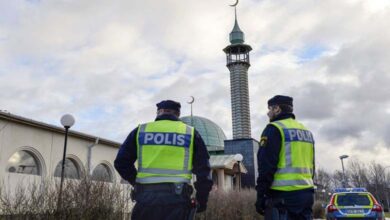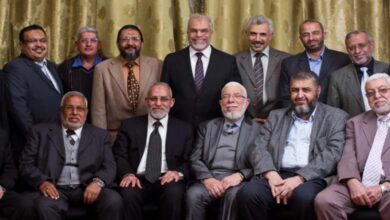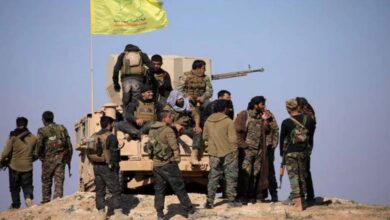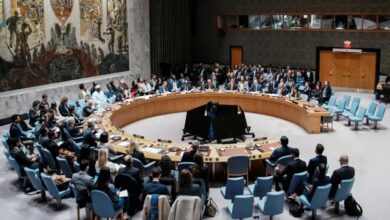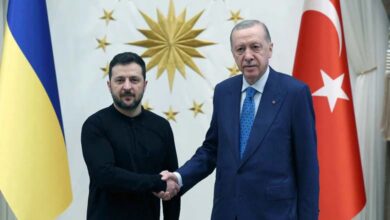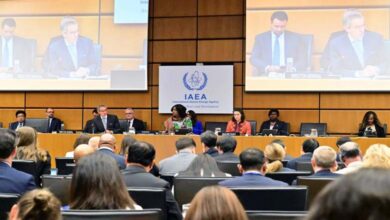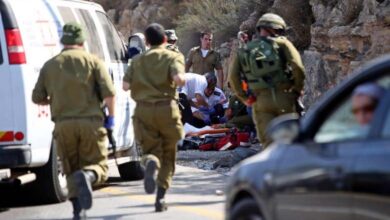The June 5 Coalition in Mali… A Broken Dream
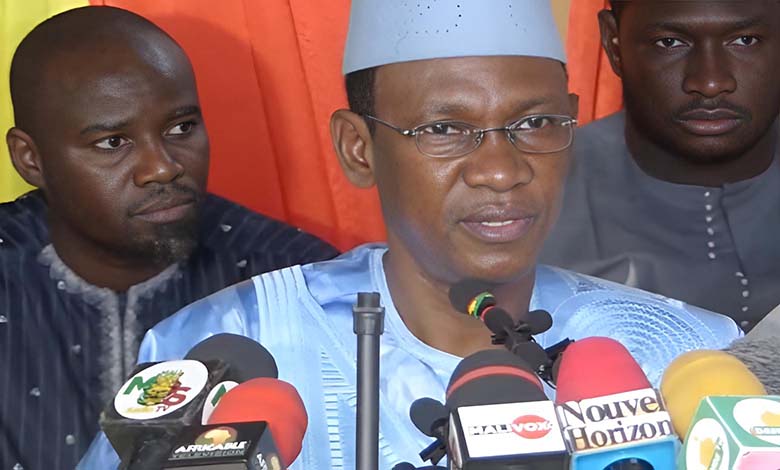
Born from the heart of popular anger in Mali, the “June 5 Movement – Rally of Patriotic Forces” is now gradually fading from the political scene, its future hanging in uncertainty.
-
Crisis between Mali and Algeria casts a shadow over regional security
-
Puntland’s Darawish Forces Eliminate ISIS’s Last Stronghold in Somalia – Details
Despite its central role in paving the way for the 2020 military coup, the coalition failed to establish a firm foothold in the post-regime era. Internal divisions and the military’s reluctance to genuinely share power with civilian components contributed to its marginalization.
Did internal disputes lead to its disintegration? What remains of a movement once seen as a beacon of radical political change in Mali?
-
Party Life in Mali… Course Correction or End of an Era?
-
ISIS in Somalia strengthens its influence and becomes a global logistical hub for the organization… How?
Origins
The “June 5 Movement – Rally of Patriotic Forces” emerged in the spring of 2020, amid a wave of public discontent against then-president Ibrahim Boubacar Keïta’s government.
The movement brought together a wide range of figures: opposition politicians like Cheick Modibo Diarra, influential religious leaders such as Imam Mahmoud Dicko, and civil society activists.
-
Rising Tensions Between Mali and Algeria
-
Algerian Interest in News of Mali’s Tuaregs Reflects Bias toward Separatists
They united around key demands: the fall of the regime, the fight against corruption, state reform, and the restoration of security in the northern and central regions.
However, as the movement grew, internal contradictions surfaced. Some saw it as a means to transition toward civilian democratic rule, while others viewed it as a platform to pressure and bargain with the military.
-
Wagner forces involved in Mali battles were stationed in Libya
-
Malian Army and Allies Use Drones in Attack Against Tuaregs
After the Coup
On August 18, 2020, the Malian army ousted President Keïta following weeks of mass protests. Many considered the coup the “fruit of the coalition’s struggle.” Yet tensions quickly flared between the movement’s civilian elements and the military leadership.
Although some coalition members joined the transitional government, true power remained in the hands of General Assimi Goïta and the military council.
-
Somalia increases pressure on Ethiopia over sovereignty dispute
-
Al-Qaeda Claims Responsibility for Deaths of Dozens of Wagner Members in Mali
According to a former advisor to the transitional government, “The military appeared open to dialogue, but they never intended to share power with the coalition.”
Internal Divisions
The coalition split into two major camps: a moderate civilian faction led by figures such as Cheick Diarra, who advocated for genuine democratic transition and balanced power-sharing; and a more conciliatory wing aligned with the military, believing that “state stability matters more than superficial democracy,” in the words of one of its leaders.
-
Mali: ‘Wagner’ Suffers Defeat in ‘African-Style’ Combat
-
Somalia Seeks to Threaten the Security and Stability of the Country with Its Criminal Acts
Tensions worsened after Imam Mahmoud Dicko—one of the movement’s most influential figures—was sidelined for opposing military dominance.
Personal ambitions and internal rivalries over government appointments also played a role in the movement’s breakdown and its loss of public trust.
Why Did It Disappear?
Malian political analyst Amadou Koulibaly said that “the collapse of the coalition was inevitable. It failed to evolve into a structured political institution.”
-
After shifting its weight to Africa, could Somali Abdulkadir Mumin become the next leader of ISIS?
-
Warnings of Escalating Terrorism in Mali After European Troops Withdraw
He added, “The coalition lacked a unified program and clear leadership. The military exploited this natural fragmentation.”
Meanwhile, military analyst Ibrahim Sissoko argued that “the army did not seek to marginalize the coalition; rather, some of its leaders failed to understand the new rules of the game.”
Sissoko explained: “The military council is navigating a complex transition under both internal and external pressure. It wasn’t feasible to share power with actors demanding everything without executive accountability.”
-
Somalia’s Efforts… Drying Up Sources of Funding for the Youth Movement
-
Continued Terrorism Confrontation by Somalia Against Al-Shabaab
He pointed out that “on the surface, the coalition has vanished from the political scene: no statements, no participation in public debates, and its key figures have disappeared from the media. But beneath the surface, some of its components remain active in civil society organizations and are preparing for a potential return during future elections—if they happen.”
Observers believe that some former coalition members are working to rebuild the movement in a new, less symbolic and more pragmatic form—especially amid discussions of a possible return to civilian rule after 2026.


